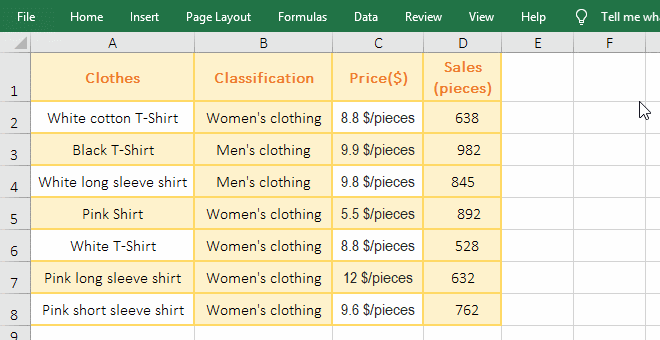
This is only necessary if the data in the original column is inconsistently entered or formatted. Then use Find and Replace and manual editing to modify the content in each column. I probably need to search that as a separate question.An alternate approach is to copy all of the cells from the original column to both new columns. I need the last entry to always be in column W, and fill backwards. The lingering issue I'm running into is that if the data set is less than 21 entries (most are 21, but not all), the last column of data ends up at column T or V or something.

Selection.Borders(xlInsideHorizontal).LineStyle = xlNone Selection.Borders(xlInsideVertical).LineStyle = xlNone Selection.Borders(xlEdgeRight).LineStyle = xlNone Selection.AutoFill Destination:=Range("D100:V100"), Type:=xlFillDefault Semicolon:=False, Comma:=True, Space:=False, Other:=False, OtherChar _ TextQualifier:=xlDoubleQuote, ConsecutiveDelimiter:=False, Tab:=False, _ Selection.TextToColumns Destination:=Range("C101"), DataType:=xlDelimited, _ ' Expand Array Data into Columns and do some formatting Selection.PasteSpecial Paste:=xlPasteValues, Operation:=xlNone, SkipBlanks _ :=False, Transpose:=False If WorksheetExists2(Sheet10.Range("B1")) Then Sheet_name_to_create = Sheet10.Range("B1").Value ' First check that new sheet name doesn't already exist, and create sheet Here's what I've ended up using: Sub Expand_Array_On_New_Sheet

Thanks all for the help and pointing in the right direction.


 0 kommentar(er)
0 kommentar(er)
